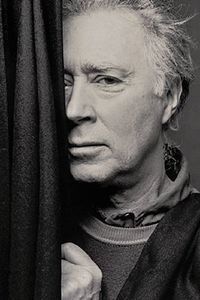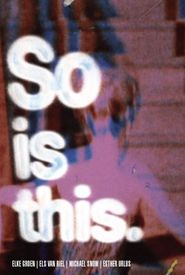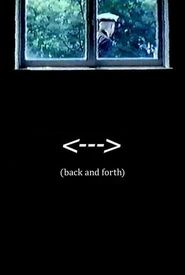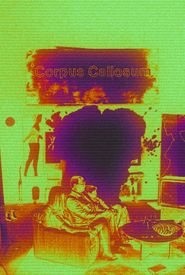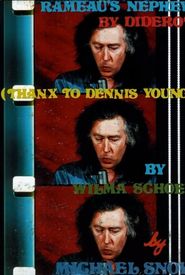Central figure of the American avant-garde movement, an artist who made a significant impact with his isolated animated short, A to Z, in 1956. Prior to this, Snow focused on his painting career, but his artistic trajectory took a new direction when he relocated to New York in 1963.
It was during this period that Snow became enamored with avant-garde film screenings organized by the renowned critic-filmmaker Jonas Mekas. This exposure led to the creation of his second film, the formalist New York Eye and Ear Control, in 1972. However, it was his highly influential work, Wavelength, in 1967, that truly cemented his status as a pioneering filmmaker.
Wavelength is a 45-minute film that consists of a single, uninterrupted zoom shot that traverses a loft, punctuated at various points by a cryptic narrative involving a murder. The film culminates in a close-up of a photograph of ocean waves, which has become an iconic image in the world of avant-garde cinema. Wavelength quickly gained international recognition and inspired a generation of structuralist filmmakers.
This work marked the beginning of a series of films that reduced the medium of film to one of its most basic elements – camera movement. Standard Time, released in 1967, features 360-degree pans, while Back and Forth, from 1969, employs a camera that moves backwards and forwards at varying speeds, recording events in a classroom. In The Central Region, created in 1971, Snow's remote-controlled camera, mounted on a tripod in the middle of the Quebec tundra, executes 360-degree rotations in three different circular patterns, while simultaneously zooming in and out.
